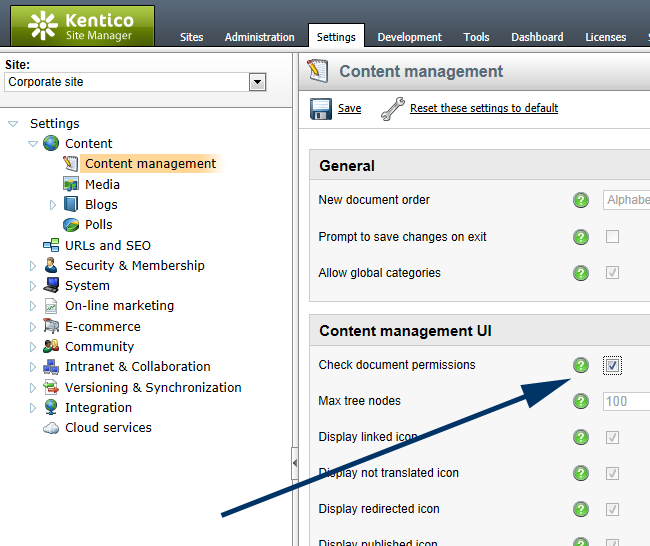Joomla and DotNetNuke are only two content management systems among
many; however they are often regarded as best-of-breed for their
respective technology stacks. DotNetNuke is an ASP.Net CMS written in
Visual Basic, while Joomla makes use of the ever-popular PHP.
DotNetNuke was created by Shaun Walker in 2002. Based on the 'IBuySpy Portal' code Microsoft released to promote their ASP.Net framework whereas Joomla was established in August 2005 as a fork of the Mambo CMS project. Senior developers, including Andrew Eddie.
 Core Functionality:
DNN offers extensive core functionalities in front of which Joomla
seems a little weak. DNN offers features like database replication,
event management, photo gallery and built-in forum system. Joomla also
offers various functionalities that are not available in any other PHP
based CMS, such as load balancing and a trash bin to ensure that
articles are not accidentlly deleted. However, Joomla still falls short
of DNN in context of their core functionalities.
Core Functionality:
DNN offers extensive core functionalities in front of which Joomla
seems a little weak. DNN offers features like database replication,
event management, photo gallery and built-in forum system. Joomla also
offers various functionalities that are not available in any other PHP
based CMS, such as load balancing and a trash bin to ensure that
articles are not accidentlly deleted. However, Joomla still falls short
of DNN in context of their core functionalities.
DotNetNuke was created by Shaun Walker in 2002. Based on the 'IBuySpy Portal' code Microsoft released to promote their ASP.Net framework whereas Joomla was established in August 2005 as a fork of the Mambo CMS project. Senior developers, including Andrew Eddie.
 Core Functionality:
DNN offers extensive core functionalities in front of which Joomla
seems a little weak. DNN offers features like database replication,
event management, photo gallery and built-in forum system. Joomla also
offers various functionalities that are not available in any other PHP
based CMS, such as load balancing and a trash bin to ensure that
articles are not accidentlly deleted. However, Joomla still falls short
of DNN in context of their core functionalities.
Core Functionality:
DNN offers extensive core functionalities in front of which Joomla
seems a little weak. DNN offers features like database replication,
event management, photo gallery and built-in forum system. Joomla also
offers various functionalities that are not available in any other PHP
based CMS, such as load balancing and a trash bin to ensure that
articles are not accidentlly deleted. However, Joomla still falls short
of DNN in context of their core functionalities.
